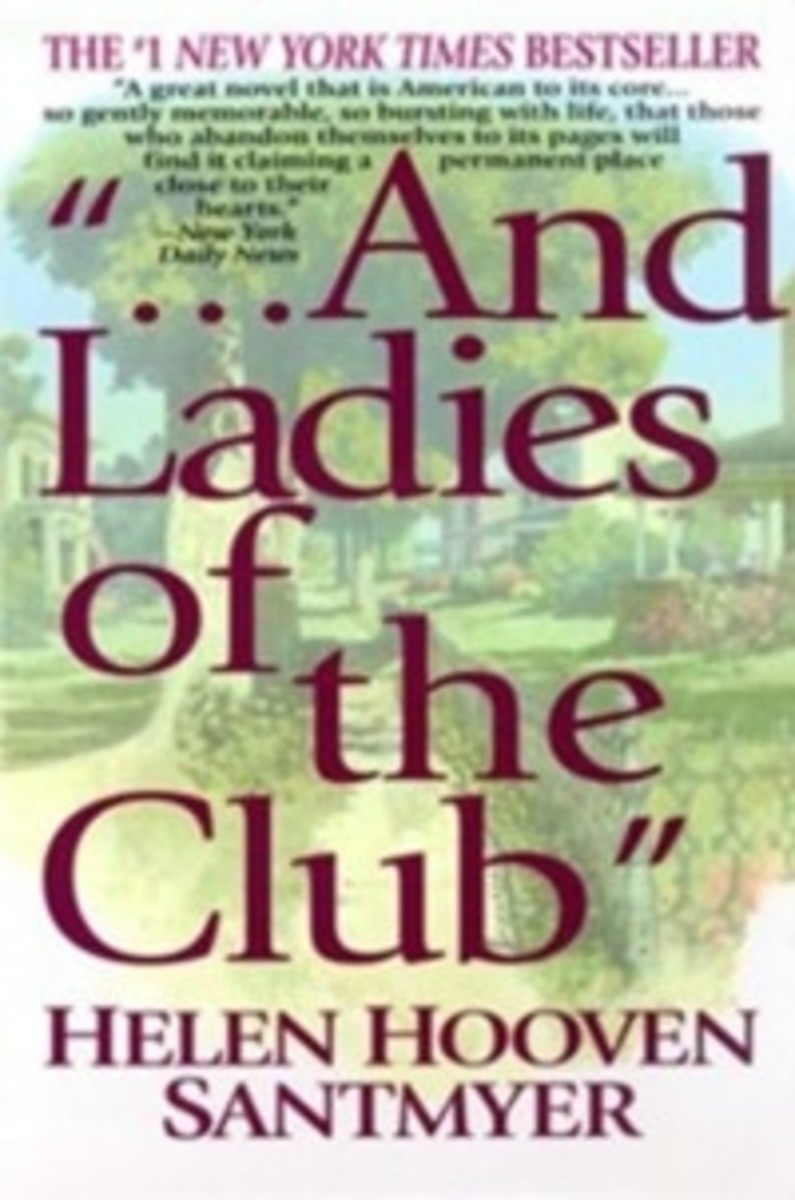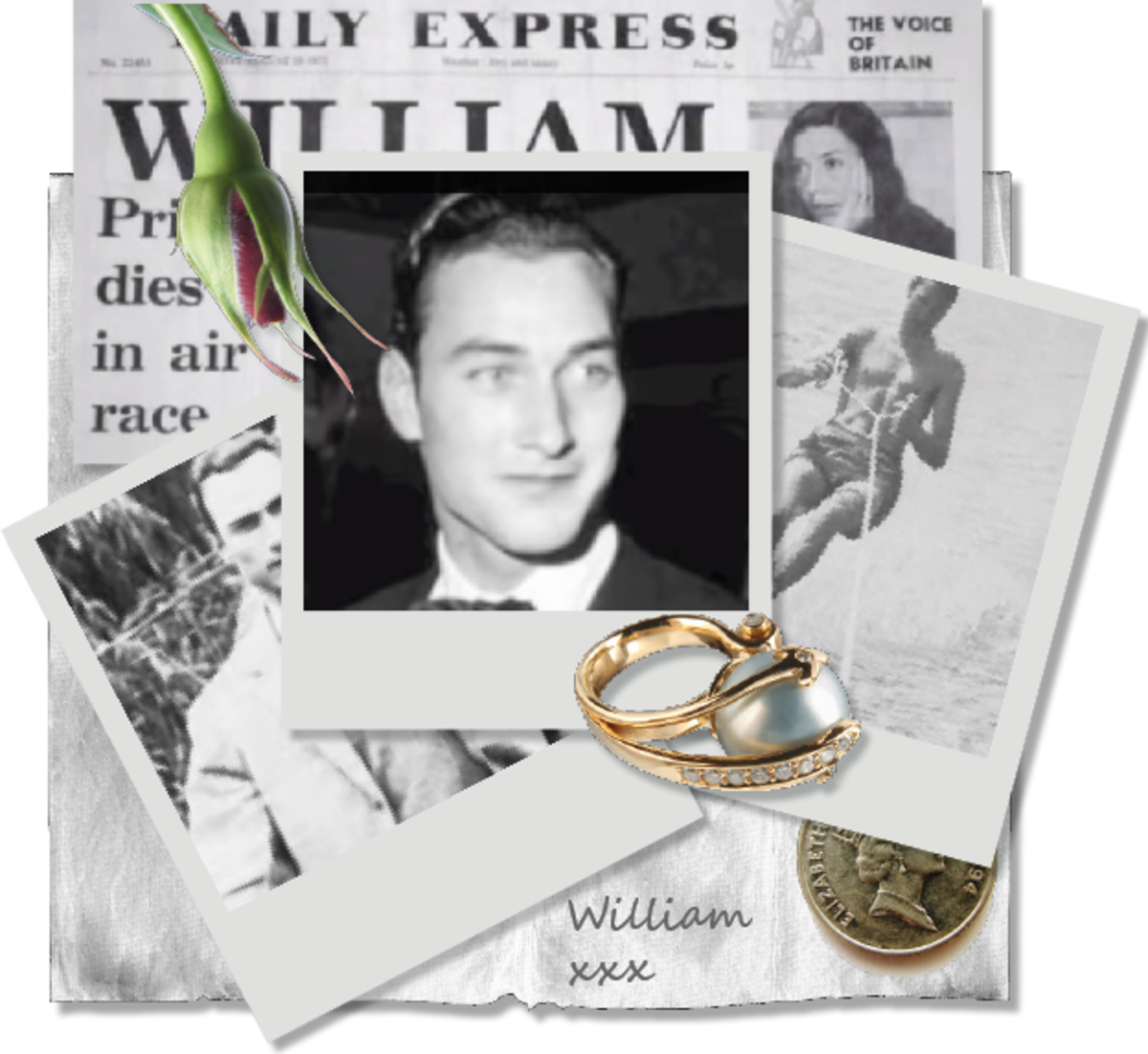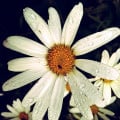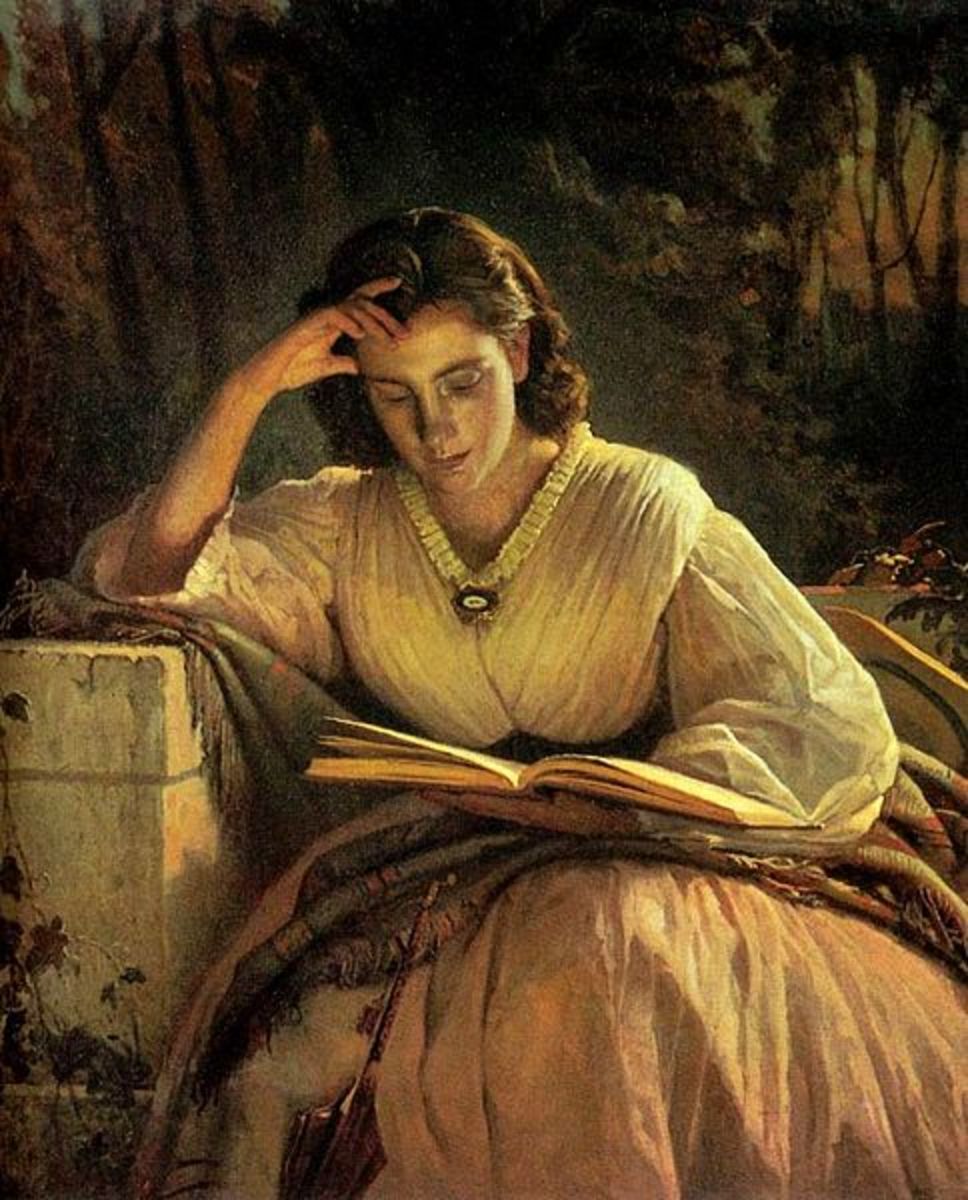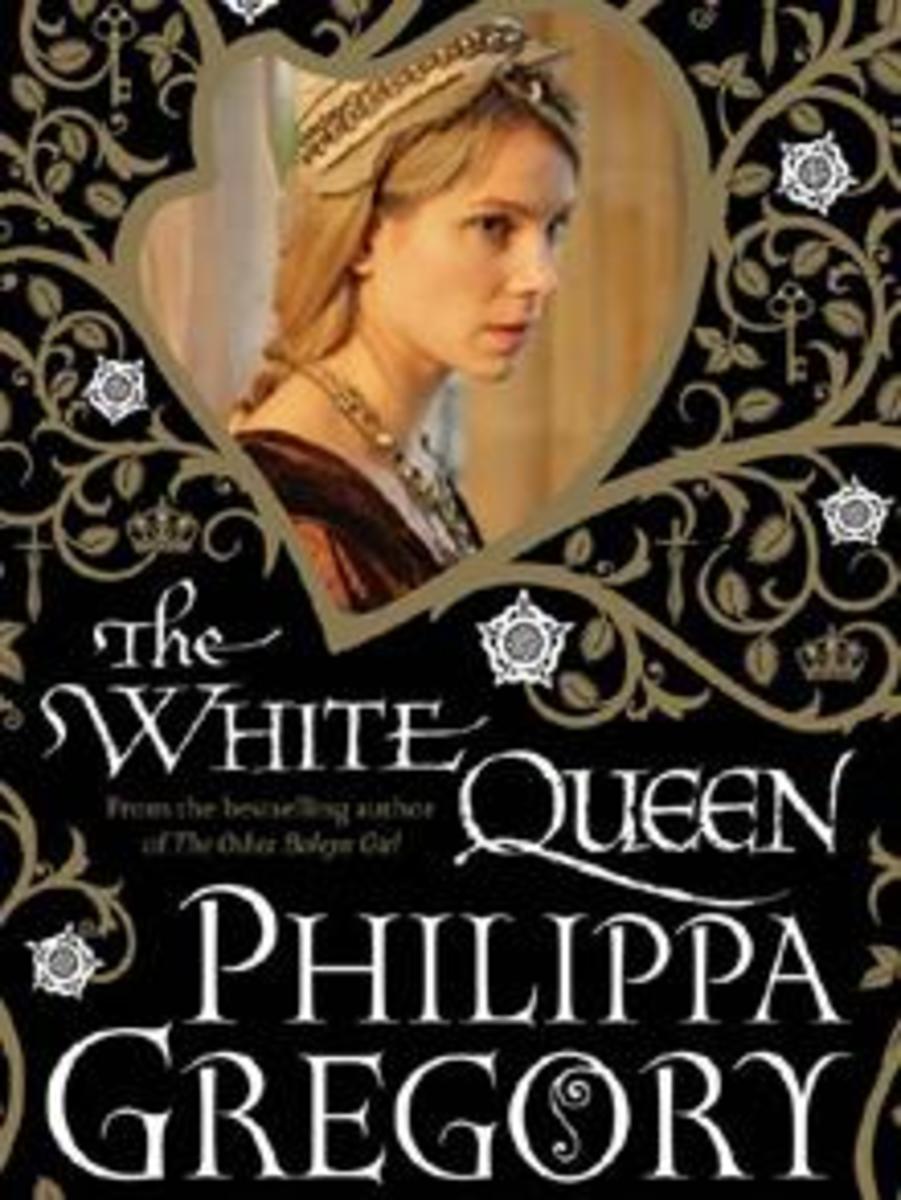War and Peace: An Intriguing Architecture of Family Relations
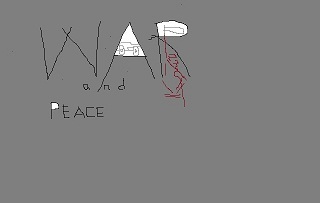
War and Peace: An Intriguing Architecture of Family Relations
Part 1: 1805-1811
From dashing Anatol Karagin to the inexorably rough but conniving, brawling and smart Dolokhof, War and Peace has intrigued generations of readers because of its family characterizations and endless spotlight on the hearts and diamonds of war during the great Napoleonic campaigns.
But here, we can review the undercurrent of it all: the reason most readers always reread the amazingly long novel by modern standards. This is the architecture of relations between the princely families. In one way or another, each of these is just recovering from or undergoing internal fiscal and nobility change following the historical fall of changing aristocracy.
Here is rough focus on the four major families all caught up in a web of coercions that are as didactic as they are permanent literary speaking…
THE ROSTOFS
Perhaps no other family in literature exhorts the candor of youth and normal human feelings than that of the Rostofs. Foremost in the ranks is the hussar Nikolai who apparently went to war in order to experience the full effect of a gallop down the field of battle. It is no wonder that he shows a kind of daredevilry that almost costs his life like anybody would expect by grabbing the flag in a losing battle and rushing headlong at the head of the troops, within the shot range of a formidable enemy.
More than that, Rostof shows amazing character love relations that anybody would expect of a healthy young person. He refuses to court money in the name of a rich heiress as her mother wishes but instead clings to his pure love for Sonya, his childhood female friend, family member and cousin. Nowhere else is he shown more protective as any man of honor would at his height of virility than when he demands to know why Prince Andrei did not consult him when ‘dating’ his sister, the vivacious Natasha.
Speaking of Natasha, hers is a perfect snapshot of a maiden growing from the ground up to soon become a lovely woman whom every noble courtier brings red roses. At our first encounter with her she appears to be just a familial kitten-like girl who is conceited about every chore, and dreams the kind of dreams that are so romantic that they cannot pass as real. She is always in the shadow of her mate and equally pretty cousin, Sonya.
However at an almost ex-machina fashion, Tolstoy all at once shows us a grown girl-Natasha-whose reputation as a pretty woman has so grown that she appears a threat to the likes of Helene, who apparently tries to win her hand through a clandestinely open manner for her wayward brother, Anatol Kuragin. There are also the intrigues of honor bestowed upon Natasha by the virtue of the fact that one of the most important characters in the novel-Prince Andrei-wants to marry her and has even commissioned marriage. But the most essential of all plot mechanizations is that we are shown the natural growth of a character from a blushing teen to a fully blossomed woman in-between the Napoleonic wars.
A final note on the exuberance of uninhibited human character in Natasha is revealed in several particulars: she sings, commands servants just for the kick of it, and even engages in a futile elopement with Kuragin just because she feels that she has guilty love or thinks she has fallen for him.
Sonya, to a lesser degree is the equal version of Natasha only that she has more composure over her raw instincts by thought. She is always calm especially when the countess tries to dissuade her, sometimes cruelly, not to marry her son, Nikolai for her being not being a dowry lady. This recoil also shows in the spirit of sympathy with which she resolves to defend the innocence of her cousin, Natasha, for jumping ship by dishonorably conspiring to elope with Kuragin for whom she has fallen passionately in love without informing Prince Andrei who she expects to marry in less than a few months.
To this handsome girl owes the lifestyle that the Rostofs carry on because she always appears in banquets together with Natasha as two inseparable, pretty family possessions. She also holds the family together by not succumbing to rudeness even when she conflicts with the countess who does not like her relations with her son, Nikolai.
This brings the discussion to the next part of these interesting family architectures.
THE BOLKONSKYS
To the Bolkonskys, the Rostofs owe several connections not always linear but manageably fitting into the picture. The first one of these is the relationship between Natasha and Prince Andrei held precariously by the thread by the strict senior Bolkonsky who does not want the son to marry any other woman after the demise of his first wife. There was also the early relationship that botched up where Nikolai would have been a possible match to Princess Maria but refused as his heart was inclined to Sonya form the very start.
Prince Andrei is a master at war but not a home. The cold count is so exacting that he rules even the hearts of his children with an iron fist. He refuses Prince Andrei the hand of Natasha until, daringly, after his death, or more appropriately, one year down the line. He so inhibits his beloved plain daughter, Maria, whom he has taught arithmetic on a regular basis that he has made her an aging maid. Men now only want her status as being one of the richest ladies in Petersburg.
There is also the Frenchwoman that the count keeps who has become at an early stage of the novel the ‘heirless’ spoiler of the old man’s family and even takes the precedence to Princess Maria at the head of the table next to the father. This is one of the aspects of the novel that shows what ties all characters in this great work: natural spontaneity-in that the count in doing so was acting from a normal human feeling of exuberance which in perfection shows people doing things instinctively. In like situations, Natasha thinks what she gets from Anatol must be love because she has received a love letter and has looked into his eyes. Similarly, Prince Andrei Bolkonsky by going up the ranks of the Russian army thinks that he was made for glory, just as Nikolai goes to the war fields to feel his back bend stiffly over a roan galloping away. So does the old Bolkonsky do what exults his heart like showing preference to a stranger Frenchwoman at mess time over his own daughter, and at that, one that he is jealous than men will steal from him through marriage.
The third architectural element in the family tango that is War and Peace are the Bezukhofs.
BEZUKOFS
That Pierre has transformed ideally from an exuberant, very reasonable and somehow awkward man of society to a bear of Masonic love and the harmless husband of a wife who cheats on him is not a surprise. Tolstoy has made the novel a story of history and not least of all, the transformation of a character both internally and externally, that is body and soul.
Perhaps the most miserable though luckily rich figure in the novel, Pierre ends up marrying Natasha in the end, but one still feels that this happy ending does not heal the love rift that has dogged him for ages through the now deceased Helene with whom he had to separate from and then reunite.
He is a man of surprises that fate bestows upon a fortune and the title ‘count Bezukhof’ despite being a bastard son of the deceased count.
Anna Mikhailovna, who mainly organizes balls and lobbies across the families for the recognition of her son, Boris, in society and army, is a close friend, though in a poorly sought of way, of the Rostofs and Bezukofs. She helps Pierre secure his inheritance against watchful and scheming Prince Vasili and the two stepsisters of Pierre. She ensures that every intrigue in town whether in Petersburg or Moscow does not pass her up.
And now a small note on the Kuragins.
KURAGINS
It is Prince Vasili who, in discussing the war at a ball organized by Anna Mikhailovna Schorer, starts the first lines of War and Peace. And he connects to almost all other families by fits and starts. To the Bezukhofs he goes to help the latter’s daughters inherit the fortune, and him as a distant blood relation benefit by the inheritance, only for disappointment to meet him in the name of Pierre who bags the inheritance with the help of Anna, who was there to, in turn, help Boris get the look of kindness from the dying count. Helene marries Pierre through the insinuations of Prince Vasili whereas Helene destroys, in a way, the upcoming marriage of Natasha and Prince Andrei by instigating her rogue brother Anatol Kuragin to elope with the lively girl.
Dénouement
If it were a close-up into a painting, the above passages would show a family big but small, consisting of the Rostovs, Begakovs, Bolkonskys and Kuragins, making its way from the troubled years 1805 to 1811. In the second part of this critique on War and Peace , we will examine how the families fare in this larger family from 1812-the subject of Tchaikovsky’s famous 1812 overture- towards the end of the novel when Moscow, Napoleon himself and Paris are alternatively under siege.

